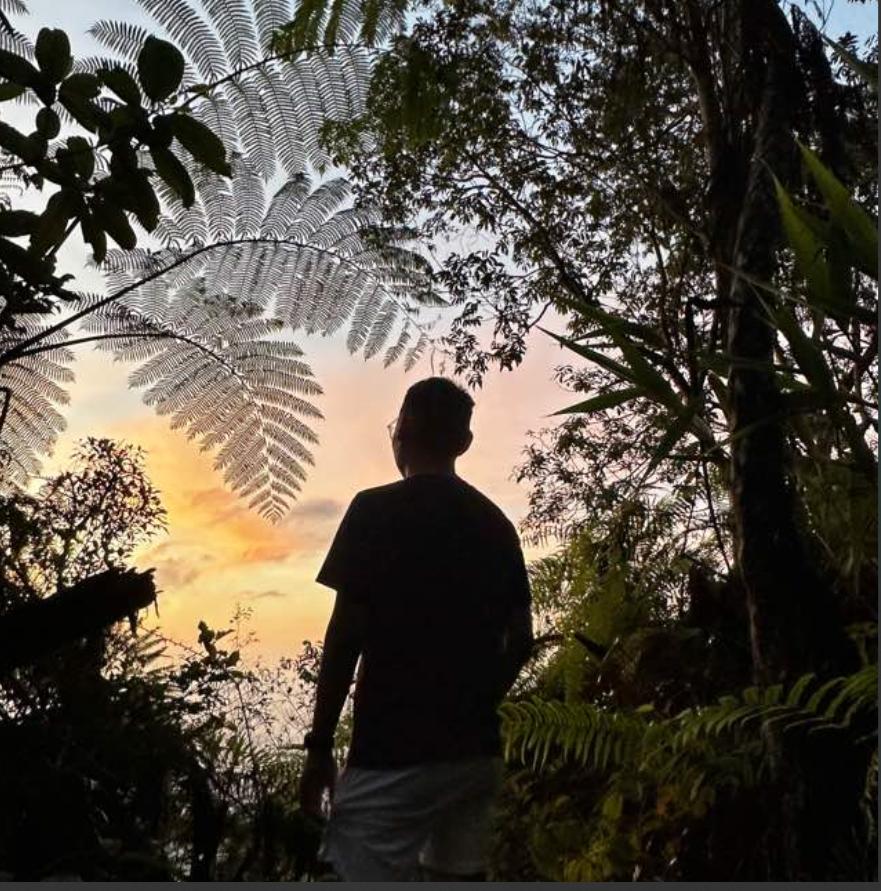Suggested For You
jj testing 1
jj testing 1


test
test
In the vibrant tapestry of South East Asia, culinary delights fuse with fashion trends, creating a sensory symphony. Savor the region's diverse cuisine, where each dish is a harmonious blend of flavors, mirroring the eclectic fashion choices that reflect cultural diversity. From spicy street food to haute couture, the fusion of traditional and modern elements defines the culinary and sartorial landscape. Just as one can experiment with flavors, fashion enthusiasts can explore a spectrum of styles, mirroring the rich palette of tastes in this dynamic corner of the world. It's a feast for the senses, where both cuisine and fashion tell stories of tradition, innovation, and a zest for life.
In the vibrant tapestry of South East Asia, culinary delights fuse with fashion trends, creating a sensory symphony. Savor the region's diverse cuisine, where each dish is a harmonious blend of flavors, mirroring the eclectic fashion choices that reflect cultural diversity. From spicy street food to haute couture, the fusion of traditional and modern elements defines the culinary and sartorial landscape. Just as one can experiment with flavors, fashion enthusiasts can explore a spectrum of styles, mirroring the rich palette of tastes in this dynamic corner of the world. It's a feast for the senses, where both cuisine and fashion tell stories of tradition, innovation, and a zest for life.

multiple upload drag and drop
multiple upload drag and drop






gogogo test.
gogogo test.
today is thursday
today is thursday

Hello!
Hello!

aaa bbb ccc dddd
aaa bbb ccc dddd

test Hello
test Hello
fuck
fuck